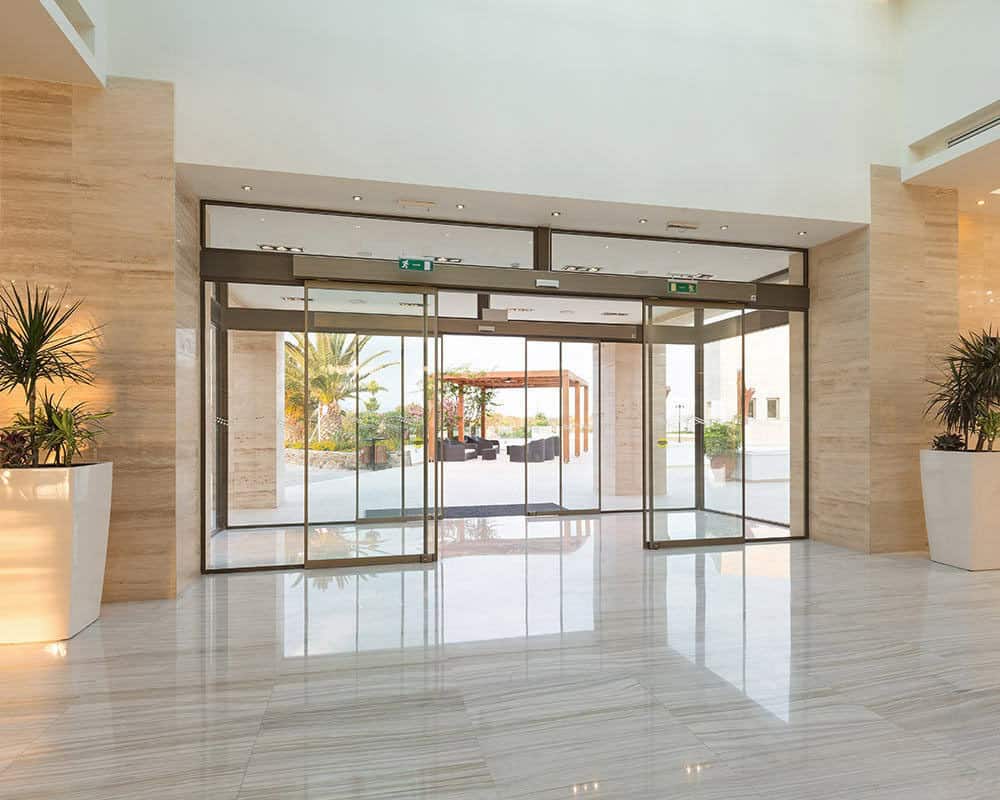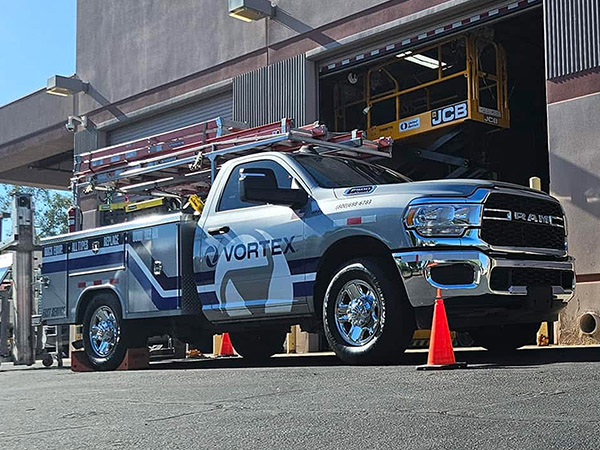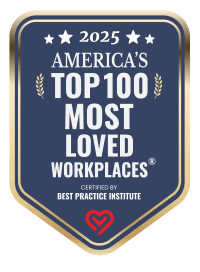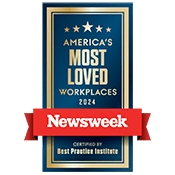Built for heavy use, weather exposure, and enhanced security ‒ they enable you to safely accommodate high levels of traffic while maintaining a secure, comfortable environment, in accordance with state and local building codes, as well as the Americans with Disabilities Act (ADA).
Types of Commercial Doors: A Complete Guide for Businesses

Designed for non-residential use, commercial doors are a common feature in offices, schools, warehouses, hospitals, shopping centers, and public buildings.

How to Choose the Right Commercial Door
Commercial doors are available in a wide range of styles and materials. In order to choose the right one for the job, there are several factors you'll have to consider.
Common Types of Commercial Doors
Overhead Doors
Overhead doors open upward by rolling, folding, or lifting vertically. Suitable for exterior and interior use, they provide flexible access to storage spaces and production areas in busy, high-traffic locations like warehouses, loading docks, logistics centers, and other industrial facilities that prioritize durability, efficiency, and ease of use.
- Roll-Up Doors: Open by rolling upwards into a compact coil above the doorway. Due to their space-saving design, they’re often used in areas with low overhead.
- Sectional Doors: Mounted on tracks that extend across the ceiling, these doors are made of hinged, horizontal panels that bend as the door opens, allowing it to slide back and parallel with your ceiling. Some options are for these to open straight up the wall to avoid using valuable headroom space. The high-lift options are ideal for warehouses with ample head space to allow the door to fully open to clear the opening.
- Tilt-Up Doors: Made from a solid panel that swings out when opened, these doors come in two types. Retractable doors slide back along the ceiling while canopy doors extend outward, covering the ground in front of the entryway.
- High-Speed Doors: Designed for locations that require strict temperature controls, these doors have extremely fast open-close cycles, allowing personnel, vehicles, and equipment to enter and exit quickly, minimizing exposure to outside temperatures. These are often made of heavy duty vinyl or fabric but can also be made in aluminum.
Insulated Doors
Insulated doors contain polystyrene or polyurethane foam cores held between steel or aluminum panels. The amount of foam determines the door's thermal resistance, measured in R-value. Designed to regulate climate and minimize noise transfer, these doors are a common feature in hot and cold environments, where their ability to reduce energy loss allows you to heat and cool your facility more effectively. They’re typically found in warehouses, laboratories, loading docks, factories, medical centers, cold storage facilities, and other industrial buildings where temperature fluctuations can affect goods and employee comfort.
Automatic Doors
Automatic doors use buttons, sensors, and scanners in order to facilitate hands-free entry into your building. They provide a convenient way for people to access your property regardless of their physical ability. The doors' automated systems permit fast movement in both exterior and interior spaces, while their touchless operation limits the spread of germs and other contaminants. Simple and user-friendly, they’re a standard feature in airports, hotels, hospitals, shopping malls, office buildings, and event centers.
Security Doors
Security doors control access to sensitive areas. Constructed from heavy duty materials such as steel or aluminum, they provide a strong, physical barrier that strengthens your external perimeter and protects restricted zones inside your building. Integrating them with access control systems like card readers, electronic locks, or biometric scanners allows you to manage entry without compromising safety. Though widely used by government, military, and law enforcement agencies, security doors are also a regular feature of private buildings, such as banks, hospitals, laboratories, and retail centers.
Glass Doors
Commercial glass doors are made with laminated or tempered glass within an aluminum frame, though frameless models are available as well. Due to their polished look, glass doors can be found in a large number of commercial,retail, and professional settings, including schools, shopping malls, office buildings, restaurants, transit hubs, and event centers. Frequently installed at main entrances, their flexible design allows them to function in almost any part of your building, including lobbies, conference rooms, balconies, hotel suites, and patios. Most glass doors are made up of a single door or pair of doors. They are designed to cover standard entryways. Some models, like accordion doors, are made from multiple panels that fold off to the side, allowing them to cover larger openings and allow you to open up the space to the outdoors.
Fire-Rated Doors
An important part of passive fire systems, fire-rated doors are designed to withstand extreme heat for a set period of time (typically 20, 45, 60, 90, or 180 minutes), in order to limit the spread of smoke and flames. While fire-rated doors are not required at all emergency exits, they are required in critical areas like stairwells and hallways. By compartmentalizing your building, they create safe evacuation routes and give people more time to exit safely.
Frequently Asked Questions
Commercial Door Service and Repair
No matter how well designed, commercial doors cannot function without fast, reliable support. Our technicians are certified and accredited door experts. Backed by the latest tools and training, they ensure your building remains safe, accessible, and up to code. From routine upkeep to emergency repairs, we keep your business operating smoothly ‒ replacing, restoring, and upgrading faulty systems in order to avoid expensive downtime and keep your business moving forward.
Contact us today for more information about our preventative and proactive maintenance services.








